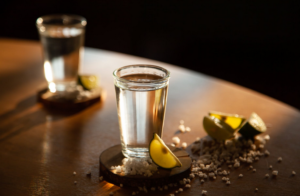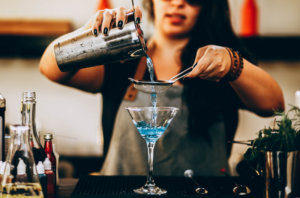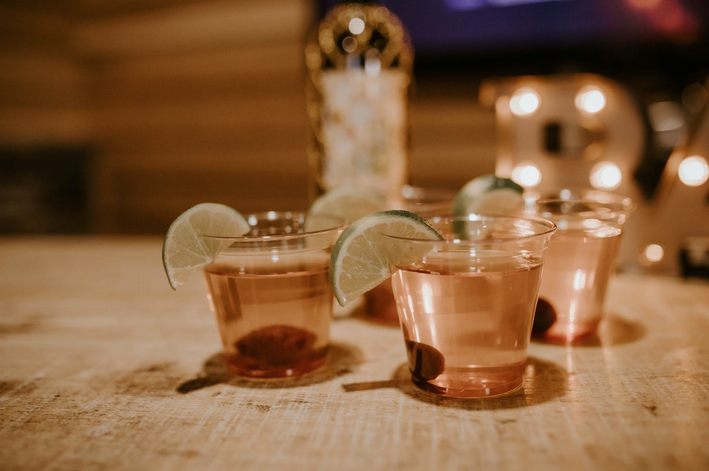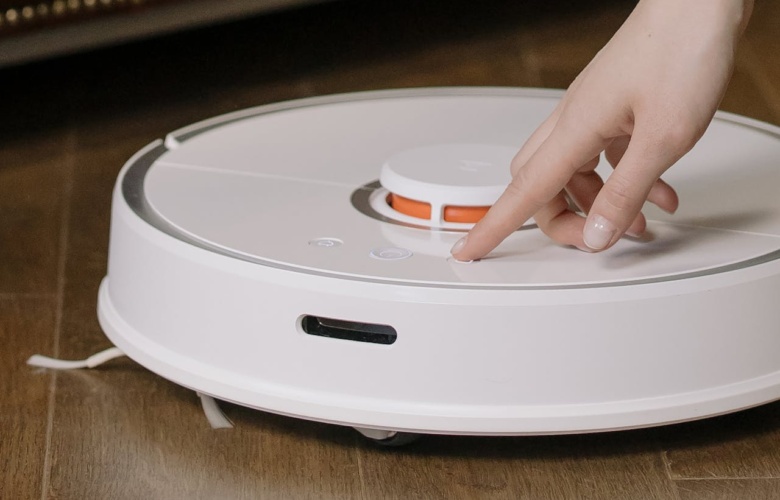Tequila is a distilled beverage made from the blue agave plant in Mexico. It’s known for its distinctive flavor and its ability to be consumed straight or with cocktails. As we all know, many people love tequila. But, have you ever wondered how it’s made every day? How do some expensive tequilas have higher quality than the others? What technological-manufacturing process do they generate to make that excellent tequila? This post will explore how tequila is made using the technological-manufacturing method.
Harvesting and Cooking
 As mentioned, tequila is made from the heart of blue agave plants. The agave hearts are harvested when they reach maturity, typically after seven to eight years.
As mentioned, tequila is made from the heart of blue agave plants. The agave hearts are harvested when they reach maturity, typically after seven to eight years.
Once harvested, the agave hearts are cooked in ovens or autoclaves to extract their juices. The use of technology has allowed for more efficient cooking times and greater production yields. Additionally, modern equipment has helped to improve the quality of tequila.
Extraction
The following process is extraction. The cooked agave is shredded, and then the juices are extracted using various methods, including pressure cookers, diffusers, and centrifuges. Again, technology has played a role in improving the extraction process. For example, centrifuges allow for faster separation of the juice from the fiber, which results in higher quality tequila. The extraction process is completed in a matter of 24 hours. The extracted liquid, which contains up to 50% sugars and 12-16% alcohol (based on the type of tequila), is known as “blue agave juice.”
Fermentation
 After extraction, the juice is fermented using yeast. The use of technology has allowed for more consistent and controlled fermentation processes, which leads to a higher quality product.
After extraction, the juice is fermented using yeast. The use of technology has allowed for more consistent and controlled fermentation processes, which leads to a higher quality product.
The fermentation requires a warm environment, so many distilleries have moved to locations near Mexico City where the climate is more favorable. The fermentation process uses a device called a “Batcher.” A Batcher is a container where the yeast and agave juice is mixed. The mixture is then pumped into fermentation tanks, where it will sit for 48 to 72 hours.
Distillation
Once the fermentation process is complete, the tequila is distilled. The use of technology has allowed for the production of a wider variety of tequilas, including aged in oak barrels. It gives the tequila a smoother flavor and a golden color. The technology in distillation has also allowed for the production of tequila with higher alcohol content.
Aging
The final process of making tequila is aging. Manufacturers can do it in oak barrels or stainless steel tanks. The use of technology has allowed for aged tequilas, which have a smoother flavor and a golden color. Additionally, modern equipment has helped to improve the quality of the product.
In conclusion, technology has played a significant role in tequila production. It has helped improve the quality of the product and allowed for the production of a wider variety of tequilas. Thanks for reading!




